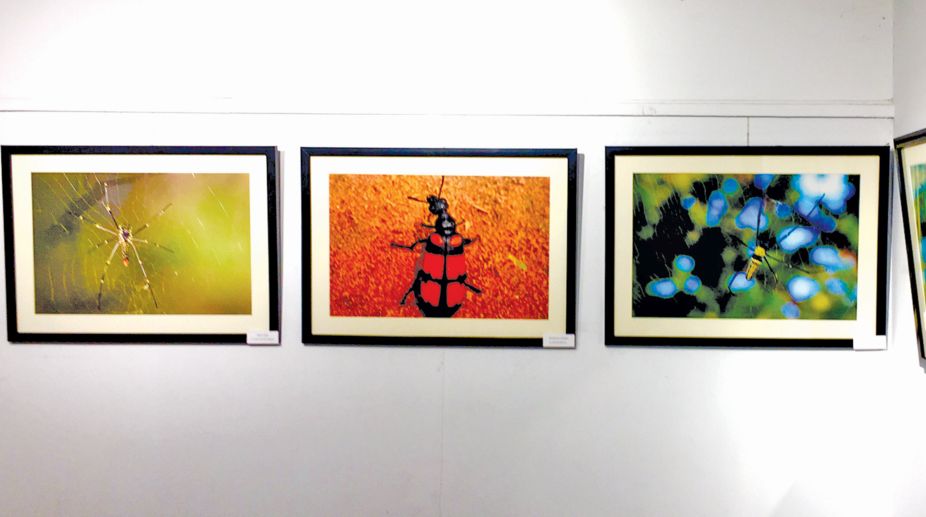For Rafi fans this calendar is straight from ‘heart’
A unique table calendar, titled Rafi - An Eternal Dil Connection, was recently released to pay homage to one of India's finest vocalist on his birth centenary.
Whiskers Kolkata, recently launched an exhibition of photos from their trips to wildlife reserves across the country

Photographs stop time. One of the most interesting features of photography is that it represents our surroundings as it is, or at least tries to. In this pursuit, reflecting the daily lives of people, showing how certain societies live, and highlighting issues that plague our society are noble objectives and can result in stunning pictures.
But in a landscape such as Kolkata, where urbanity is all one sees, it is refreshing to see photographs that show a calmer and serene aspect of documenting life — life of animals in the wild.
Advertisement
Whiskers Kolkata, a wildlife photography organisation, recently launched an exhibition of photos from their trips to wildlife reserves across India. Photos of tigers from Bandhavgarh and Sunderban Tiger Reserves, birds from Monglajodi and Chintamoni Kar Bird Sanctuaries, and insects in the wild in all the forests they visited hang on the walls of Gallery Gold, Mudiali.
Advertisement
The exhibition was a good mix of professional and excellent amateur photographers. The most promising photographs came from the insect series and the tiger series. However, the birds were also beautifully shot.
Arup Roy’s tigers and birds are a trip in the life of these animals. The way that he documents the life of tigers is something beyond imagination. In this exhibition, he has captured the elegant and regal nature of tigers quite beautifully. His photos almost seem to be jumping out of the frame, making the viewing experience that much more interesting. It is as if the tigers have become part of the space that is exhibiting the photos.
While on the one hand Roy’s tigers are assertive, royal and elegant; on the other, his photos of birds are intimate, nuanced and delicate. He captures the delicate, purposeful movement of birds excellently and makes sure that viewers can appreciate these little nuances.
Speaking of birds, the bird series by Roopkatha Ghosh and Rupanjana Bhattacharya is also excellent. While a lot of wildlife photographers use long telephoto lenses to capture birds, these photographs have some beautiful wide shots, where equal importance is given to the environment in which these creatures live.
Last but not least, the insect series by Ahan Roy and Arijit Das steals the show, in my opinion. Animals such as tigers, birds, elephants are usually thought of when it comes to wildlife photography, at least in the mind of the viewer.
But insects have their own charm. In the wild, the way they adapt to an environment, where they are in all likelihood prey for bigger animals, is more than just fascinating.
Moreover, the skill required to capture the way these small creatures move is immense. Most of these photos are probably a result of long waiting periods and patience.
The insect series at this exhibition was exquisite. The photos showed colourful spiders building their webs, a beetle crawling through red earth and many more scenes that would escape anyone in the wilderness. Both Ahan and Arijit do an outstanding job of photographing the insects.
In addition to these beautiful works, the photographs of Gopal Chandra Burman and Sonakshi Saha deserve mention. Burman’s crocodiles and Saha’s spiders are quite mesmerising. Furthermore, these photos are a beautiful way for amateur wildlife photographers to observe and learn. It is something of a beginner course in what it takes to document the wildly unpredictable nature.
Advertisement